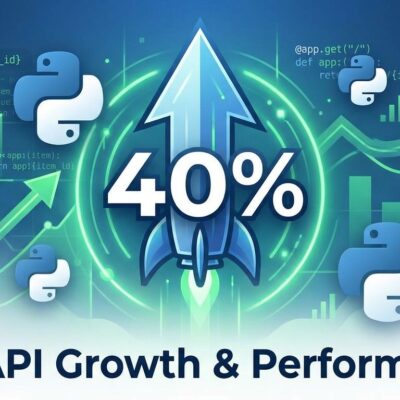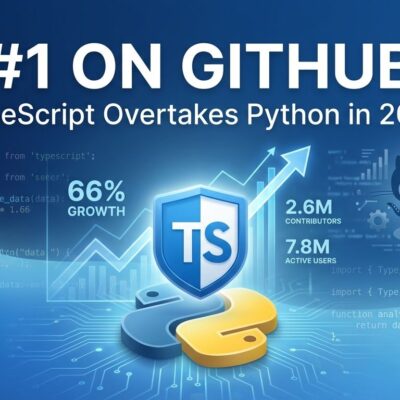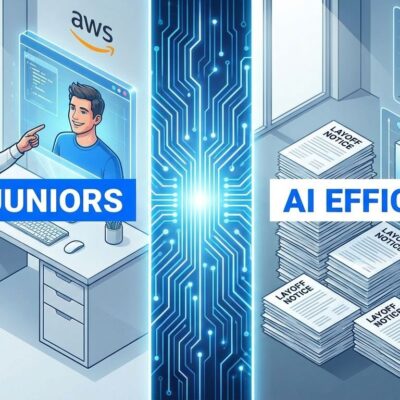
OpenAI launched a ChatGPT shopping research tool on November 24, 2025, powered by GPT-5 Mini trained with reinforcement learning. The free feature rolls out to all ChatGPT tiers—Free, Go, Plus, and Pro—just ahead of Black Friday. But here’s the catch: despite launching Instant Checkout with Etsy and Shopify in September and signing partnerships with Walmart and Target in October, the new shopping tool deliberately excludes direct purchasing. Users must leave ChatGPT to complete transactions.
GPT-5 Mini Accuracy: Better, But Not Good Enough
OpenAI trained a version of GPT-5 Mini specifically for shopping tasks using reinforcement learning. The result? The model accurately finds items adhering to all aspects of user queries 64% of the time—a significant jump from the 37% baseline when users asked general ChatGPT about products. That’s a 73% relative improvement.
But let’s be clear: 64% accuracy means one in three recommendations still misses the mark. OpenAI acknowledges the model “can still get details wrong, including pricing and availability.” For developers, this is the real story. Domain-specific RL training can dramatically improve task performance, but 64% accuracy is nowhere near sufficient for autonomous purchasing. You can’t auto-buy products when a third of your recommendations are wrong.
Research-First Strategy: Walking Back Instant Checkout
The timeline reveals OpenAI’s strategic pivot. September 2025: Instant Checkout launches with Etsy and Shopify merchants, enabling direct purchases in ChatGPT. October 2025: Walmart and PayPal partnerships announced for the Agentic Commerce Protocol. Target confirms conversational shopping integration. November 24, 2025: Shopping research tool launches without instant checkout capabilities.
This isn’t just a product decision—it’s an admission that the technology isn’t ready. OpenAI is building user trust through accurate recommendations before enabling transactions. Smart move. The research-first approach fits current AI capabilities. Instant checkout requires higher accuracy than 64%, or you’re setting up customer service nightmares for merchants.
The shopping tool uses a quiz-based approach instead of instant recommendations. Users describe what they need, ChatGPT asks clarifying questions about budget and preferences, researches across high-quality review sources, then generates a personalized buyer’s guide with 10 to 15 products. Users refine results with “more like this” or “not interested” feedback. It’s slower than Google Shopping or Perplexity’s instant results, but the interaction pattern trades speed for accuracy.
E-Commerce Partnerships Promise Scale
ChatGPT had 700 million weekly active users as of September 2025, making it a massive product discovery platform. The Walmart partnership lets customers shop the full catalog through ChatGPT. Target’s integration supports multi-item purchases, fresh food shopping, and multiple fulfillment options. PayPal powers the payment infrastructure through the Agentic Commerce Protocol.
For developers, the opportunity is clear: merchant integrations through the Agentic Commerce Protocol, product data optimization becoming AI SEO, and high-quality reviews driving ChatGPT visibility. But there’s a disconnect between partnership announcements and product reality. Merchants signed up for Instant Checkout, but the shopping research tool doesn’t enable direct purchasing yet.
Competitive Position: Transparency Over Ads
ChatGPT’s shopping approach differs from competitors. Google Shopping runs on merchant integrations and ads. Perplexity delivers aggressive direct recommendations. Amazon’s Rufus assistant has full e-commerce and fulfillment integration. ChatGPT emphasizes quality sources over ads, quiz-based clarification versus instant results, and transparency about its 64% accuracy—a metric competitors don’t publicize.
The real competitive threat isn’t Google or Amazon. It’s user habits. Will developers and tech professionals trust AI for shopping research, or stick to traditional search plus review sites?
The Verdict: Progress, Not Solution
OpenAI’s research-first approach shows product maturity. Separating recommendations from transactions is the right call when your model gets details wrong 36% of the time. The 73% improvement from baseline proves domain-specific RL training works, and the transparency on accuracy limitations is refreshing in an industry built on hype.
But AI shopping isn’t ready for autonomous purchasing. Research mode fits current capabilities. Developers should watch the Instant Checkout API rollout—that’s where the real opportunities lie once accuracy improves. For now, 64% is impressive progress from 37%, but it’s nowhere near production-ready for auto-buying.











